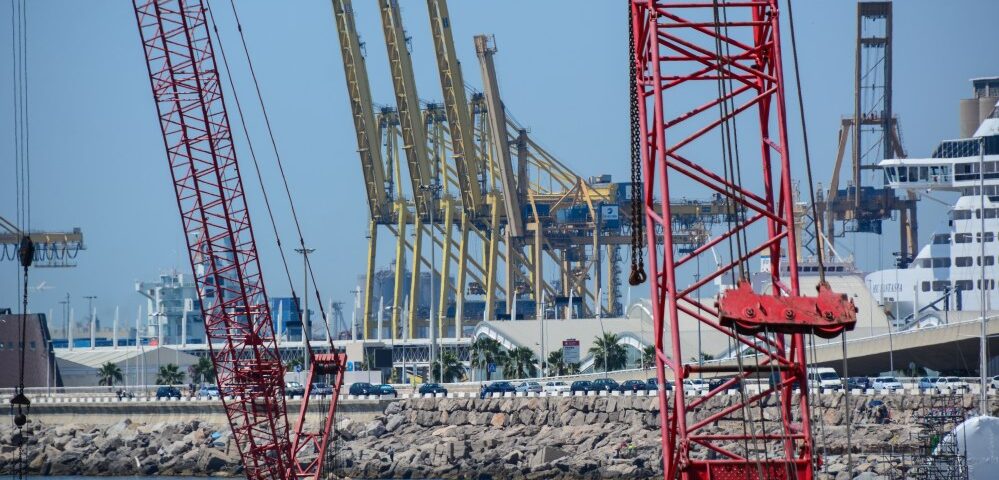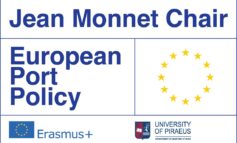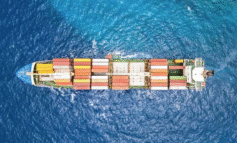Market players active in the port industry deploy a range of financial sources to meet the growing investment requirements in port infrastructure and to fund their (overseas) expansion strategies. Recent empirical evidence shows that equity capital markets are expected to extend their role in this regard.
The latest port study of PortEconomics members Theo Notteboom, Francesco Parola and Giovanni Satta, along with Luca Persico (University of Genoa) deals with the long-term performance of IPOs in the seaport industry as a strategic financial dimension for determining the success/failure of the issuance. The study goes beyond general finance theories on IPO performance as it places institutional theory side by side with informational asymmetry theories and symmetric information theories to assess the determinants of long term IPOs’ success in the port domain.
The authors’ earlier version of the paper – as presented at IAME 2016 conference is available to be freely downloaded via PortEconomics
The port study presents an overarching conceptual framework for addressing IPO performance, thereby focusing on the explanatory power of ‘‘financial markets”, ‘‘institutional factors” and ‘‘industry specific variables”. An ordinary least squares (OLS) regression analysis is performed on a dataset of over 90 port-related IPOs to test the antecedents of the long-term performance of port-related IPOs. The performance of extant IPOs is expected to influence both the capacity of ports and terminal operating companies to gather additional financial resources from equity capital markets in the future, and the related cost of funding. In addition, it may shape the attitude of private investors toward this equity asset class.
The “Determinants of the long-term performance of initial public offerings (IPOs) in the port industry” has recently been published in the academic journal Transportation Research part A: Policy and Practice. and can be downloaded at the journal’s homepage.
The authors’presented at IAME 2016 Conference an earlier version of the paper – download the presentation – via PortEconomics












